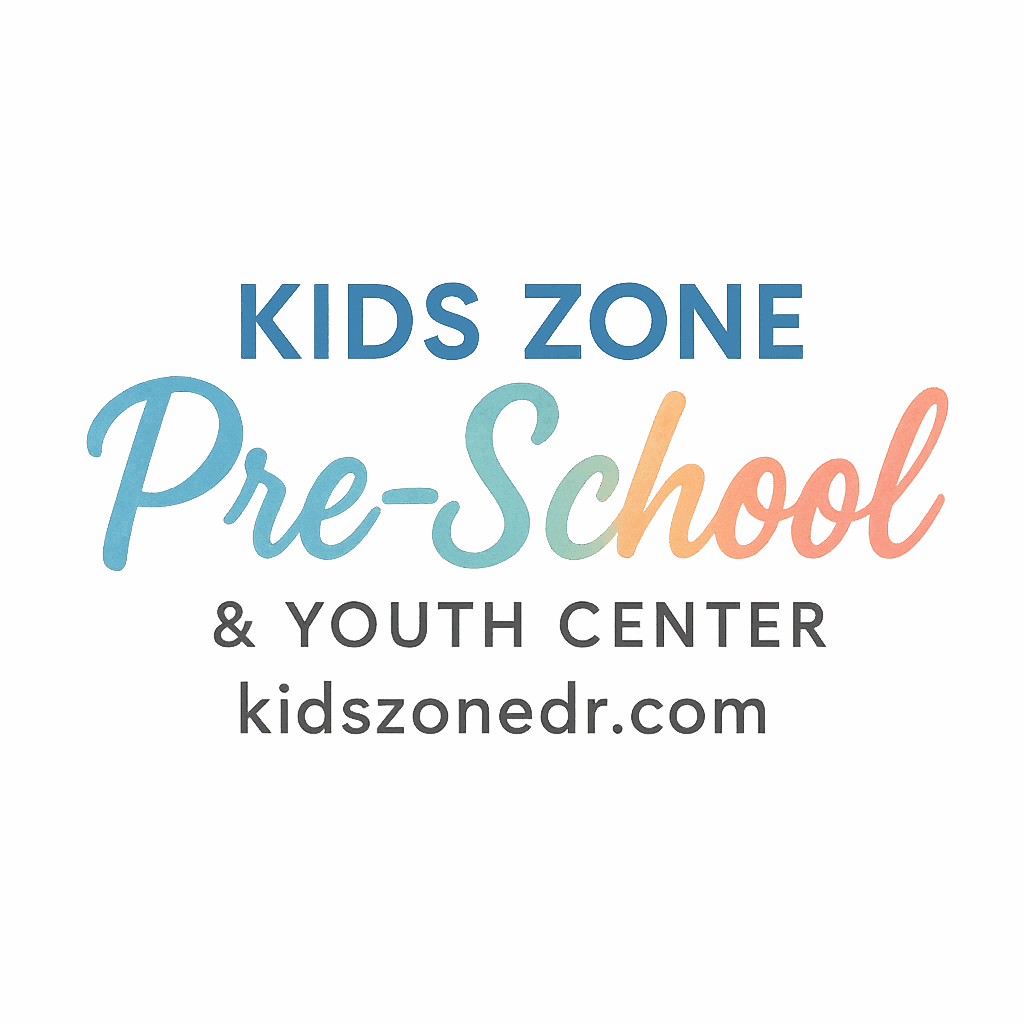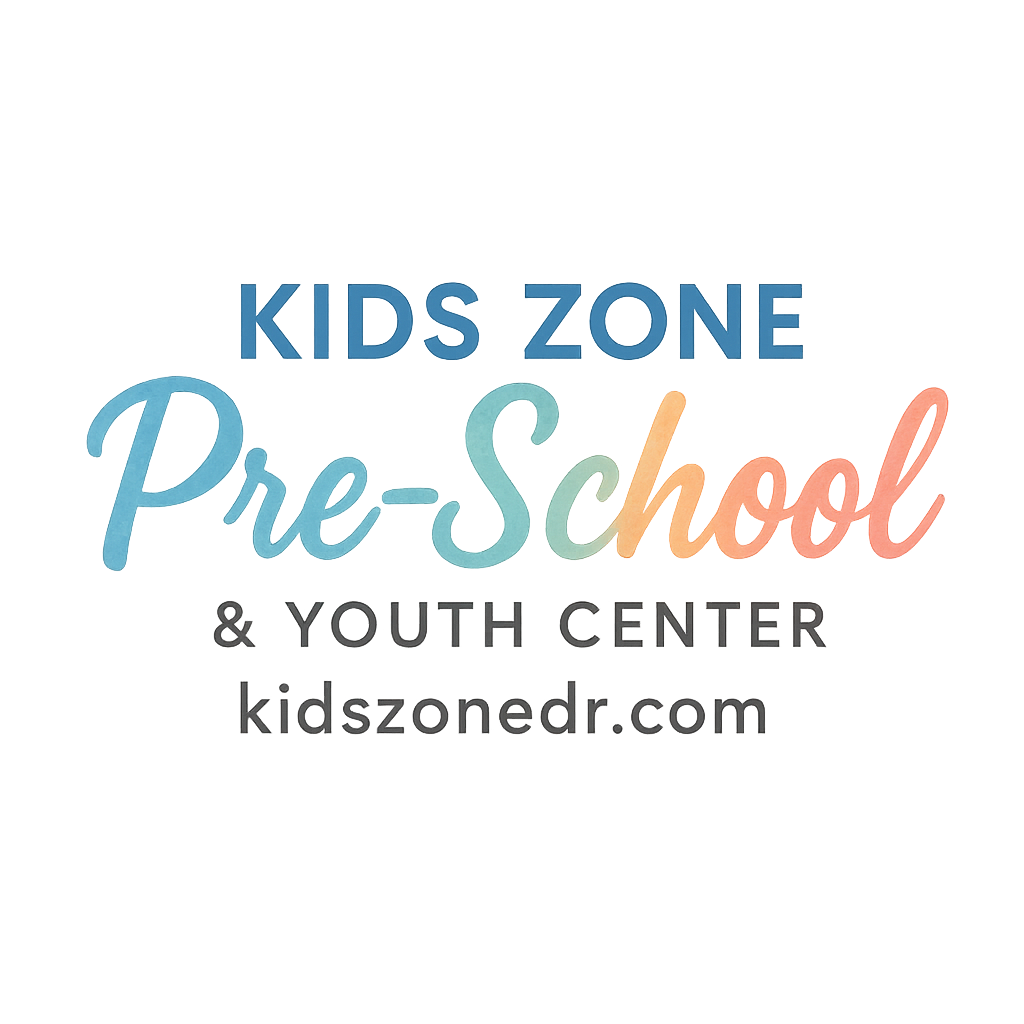Introduction
Let’s face it—getting kids to eat healthy can sometimes feel like convincing a cat to take a bath. But guess what? Preschool might be your secret weapon. The habits your little one forms during these early years can stick with them for life. And one of the most impactful areas is healthy eating habits. In this article, we’ll explore five fun, practical, and proven ways preschools help shape healthier eaters—without the fuss!
1. Establishing Consistent Meal and Snack Times
Why Routine Matters for Young Kids
Children thrive on routine. Knowing when it’s time to eat helps them regulate their appetite and recognize hunger cues. Preschools structure the day so that meals and snacks happen like clockwork. This consistent rhythm helps prevent overeating or skipping meals.
How Preschools Structure Daily Meals
In most quality preschools, there’s a set time for breakfast, snack, lunch, and sometimes a second snack. These consistent windows reduce anxiety about food and eliminate constant snacking.
For a real-world example of a preschool routine, check out the daily activities and schedules followed at KidsZone.
Link to Daily Schedule Example
Planning meals around a structured day helps build a lifelong habit of balanced eating—something your child will carry into grade school and beyond. To see how daily structure influences development, don’t miss our guide on preschool learning and development.
2. Encouraging Nutritious Choices Through Exposure
Early Exposure to Fruits and Vegetables
Preschools often include fresh produce in their meals. Kids might munch on carrot sticks, apple slices, or cucumber rounds during snack time. Repeated exposure, even without pressure, makes children more likely to accept these foods.
Modeling Healthy Choices in Classrooms
Teachers play a vital role here. When educators eat the same healthy snacks or discuss nutritious choices, kids pick up on those cues. It’s monkey see, monkey do—except way more nutritious!
Involving Kids in Mealtime Decisions
When kids have a say—like choosing between two fruits—they’re more likely to eat what’s offered. Some programs let children help prep snacks, which makes them more excited to eat the result.
For tips on creating child-centered food routines, explore our parental involvement section.
3. Learning Through Play and Food-Themed Activities
Food-Based Learning Activities in Preschool
You’d be amazed at how much learning can happen through a simple food-themed puzzle or game. Sorting fruits by color, counting vegetable cutouts, or matching foods to their food groups boosts cognitive skills and nutrition knowledge.
Making Nutrition Fun With Games and Stories
Storybooks about healthy eating and fun songs about veggies get kids engaged in a way that lecturing never could. Some classrooms even role-play “grocery shopping” or “restaurant play,” where healthy food options take center stage.
Connecting Food and Learning Development
These playful methods also support milestone learning. Want to learn more? Check out this growth milestone guide.
And don’t forget to browse the kids development section for more brain-boosting activity ideas.

4. Reinforcing Healthy Eating Through Social Interaction
Peer Influence and Group Meals
Kids are naturally curious and often copy their peers. If little Emma gobbles up her broccoli, chances are Jack might give it a go too. Mealtime at preschool becomes a group experience that builds positive peer pressure.
Building Positive Attitudes Around Food
No “clean plate club” here. Preschools create a no-pressure environment where kids can try new foods without being forced. This encourages lifelong comfort and curiosity around meals.
For more on how classroom environments influence kids, dive into our classroom tag.
5. Teaching Food Hygiene and Safety
Washing Hands Before Meals
It’s not just about what they eat, but how they prepare to eat. Washing hands before every snack or meal becomes second nature thanks to preschool routines.
Understanding What’s Safe and What’s Not
Teachers also guide kids on what foods are safe to share or not, how to store lunch properly, and how to avoid choking hazards. It’s basic hygiene—but with lifelong impacts.
Health and Safety Practices in Preschool
Preschools like KidsZone go the extra mile with protocols that keep kids safe and healthy. Hygiene isn’t just a lesson—it’s a daily practice.
The Role of Parents in Reinforcing Healthy Habits
How to Extend Preschool Lessons at Home
Your child’s preschool is doing wonders, but home is where habits are truly reinforced. Mimic routines, offer similar snacks, and talk about what your child learned in school.
Want help building a healthy home routine? Check out this article on choosing the right preschool to ensure your child’s values match the classroom’s.
Collaborating With Teachers and Staff
Parent-teacher collaboration is key. Don’t hesitate to ask how you can support classroom lessons at home or what your child is responding well to at snack time.
Parent Involvement Resources
Explore our parenting tips and parent involvement activities to build strong preschool-home bridges.
Conclusion
Healthy eating habits start young—and preschools play a crucial role in laying the foundation. From structured routines and nutritious meals to fun games and social learning, your child is being set up for a lifetime of smart choices. When you partner with a great preschool and reinforce those lessons at home, you create a double-win. So the next time your kiddo picks a carrot over candy, you can thank their teachers (and maybe yourself too)!
Looking for more early education gems? Browse KidsZoneDr.com for expert advice, parenting resources, and preschool wellness tips.
FAQs
1. What if my child is a picky eater?
That’s totally normal! Preschools often handle picky eaters gently by offering variety and allowing choice without pressure.
2. Can I send homemade healthy snacks to preschool?
Absolutely, but check with your school’s food policy. Many welcome healthy homemade options like fruit, yogurt, or whole grain crackers.
3. How can I know what my child is eating at school?
Ask for a weekly meal plan or talk to your child’s teacher. Many schools even share photos or daily updates.
4. Are there lessons about junk food too?
Yes! Preschools often talk about “sometimes foods” versus “everyday foods” to promote balance, not fear.
5. How do I encourage healthy eating without bribing?
Make meals fun and stress-free. Let kids explore textures and flavors, and avoid using dessert as a reward.
6. Does healthy eating impact my child’s behavior?
Definitely. Kids who eat balanced meals often have better concentration, energy levels, and emotional regulation.
7. Where can I learn more about preschool nutrition practices?
Visit KidsZoneDr.com for expert-approved content on preschool nutrition and wellness.


